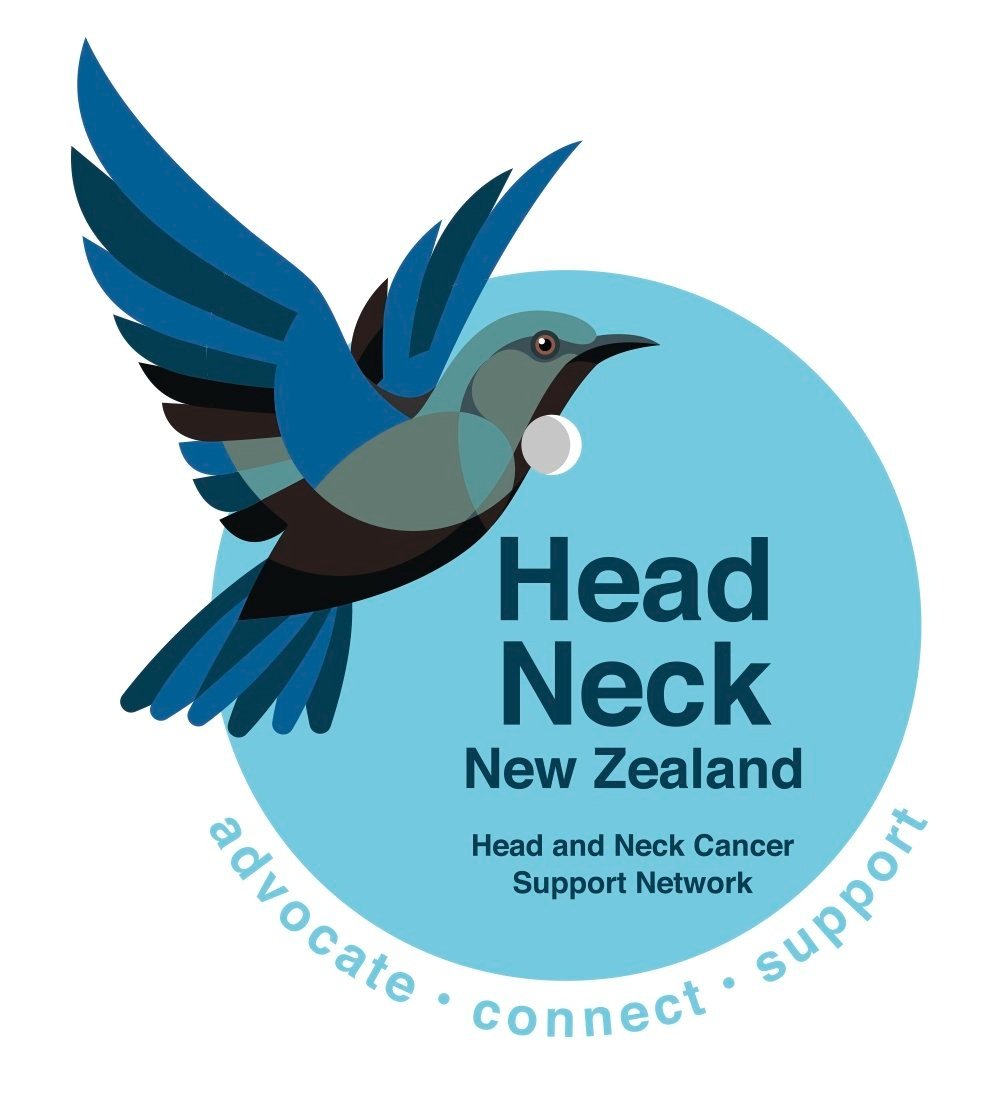Spotlighting Awareness: Navigating the Link Between HPV and Head and Neck Cancer
Head and neck cancer is a challenging journey for patients and their families, requiring a comprehensive understanding of various factors contributing to its development. One such factor that has gained prominence in recent years is the Human Papillomavirus (HPV). In this post, we aim to shed light on what HPV is, its connection to head and neck cancer, and how patients and their families can navigate this aspect of their diagnosis.
What is HPV?
HPV, or Human Papillomavirus, is a group of viruses that infect the skin and mucous membranes. It is the most common sexually transmitted infection globally, with the majority of sexually active individuals contracting it at some point in their lives. There are over 100 types of HPV, and they are categorized into low-risk and high-risk types based on their potential to cause cancer.
Connection to Head and Neck Cancer:
While HPV infections often resolve on their own, persistent high-risk HPV infections can lead to the development of certain cancers, including head and neck cancer. The link between HPV and head and neck cancer, particularly oropharyngeal cancer, has become more evident in recent years. Oropharyngeal cancer affects the back of the throat, including the base of the tongue and tonsils.
The Role of HPV in Cancer Development:
HPV-related head and neck cancers differ from non-HPV-related cancers in various ways, including their biological behaviour, response to treatment, and overall prognosis. The exact mechanism by which HPV contributes to cancer is complex and involves the virus integrating its DNA into the host cells, leading to uncontrolled cell growth and the formation of tumours.
Signs and Symptoms:
Patients and their families should be aware of the signs and symptoms of head and neck cancer, including those related to HPV. Persistent sore throat, difficulty swallowing, ear pain, and the presence of a lump or sore in the mouth or throat should prompt further investigation. It is essential to consult with healthcare professionals for a thorough examination and timely diagnosis.
Prevention and Vaccination:
Preventing HPV infection is crucial in reducing the risk of associated cancers. Vaccination against HPV is a powerful tool in this regard. The HPV vaccine is safe, effective, and recommended for both males and females. Vaccination not only protects against the types of HPV that cause head and neck cancer but also guards against cervical, anal, and genital cancers.
Support and Coping Strategies:
A head and neck cancer diagnosis, whether related to HPV or not, can be emotionally and physically challenging. Patients and their families are encouraged to seek support from healthcare professionals, support groups, and mental health resources. Open communication, education, and a strong support system can contribute significantly to coping with the challenges posed by the diagnosis.
Understanding the link between HPV and head and neck cancer is a vital step for patients and their families in navigating the complexities of their diagnosis. By promoting awareness, encouraging vaccination, and fostering a supportive community, we can work towards better outcomes for those affected by head and neck cancer. Together, we can empower individuals to take control of their health and well-being in the face of this challenging journey.


